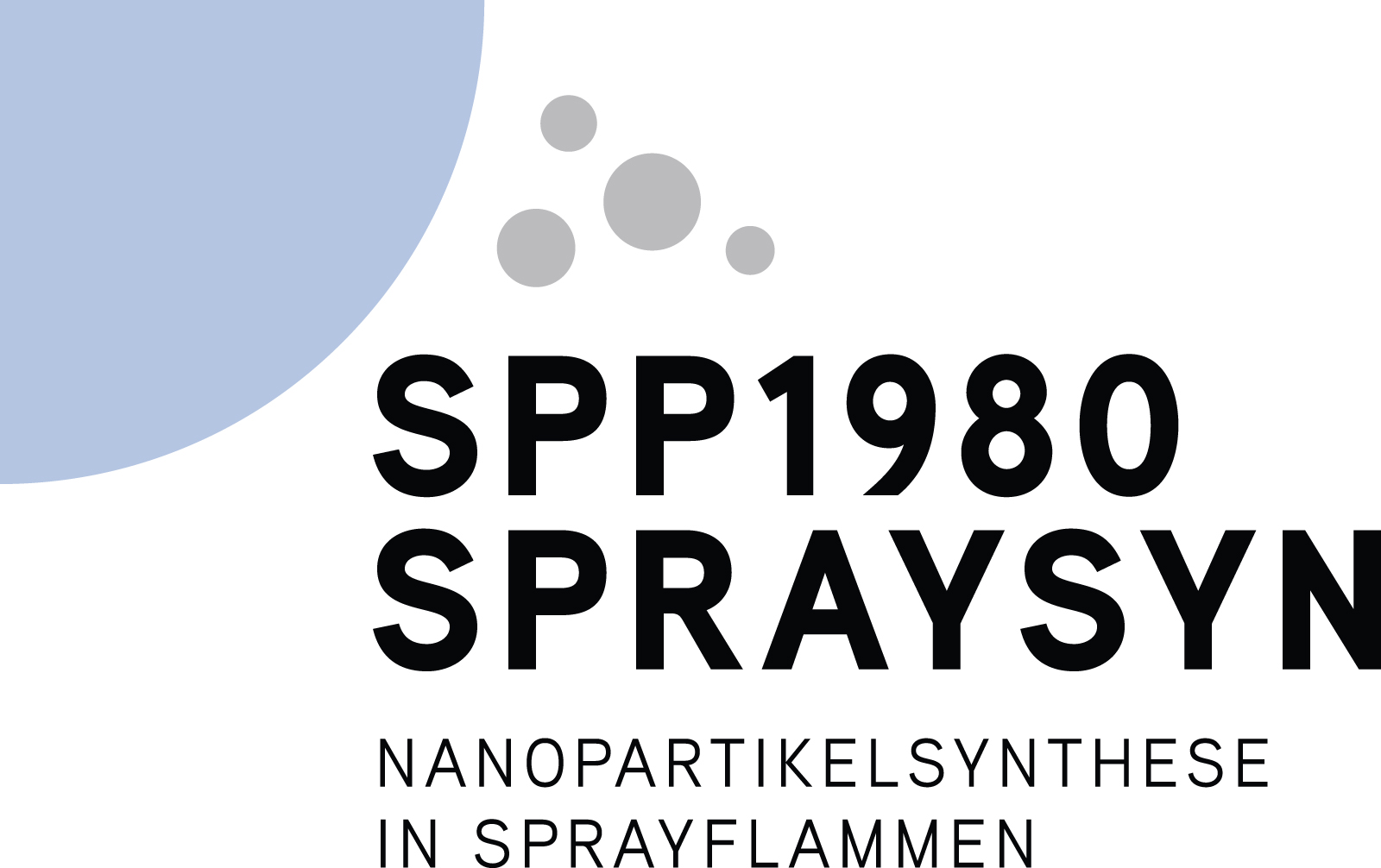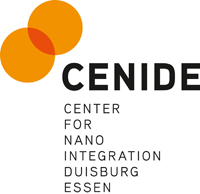Background
The synthesis of specific nanomaterials by atomization and combustion of solutions of appropriate precursor mixtures in spray flames has a high potential. This strategy enables continuous generation of complex and high-purity nanomaterials in the exhaust gas of the spray flame based on inexpensive starting materials. The spray-flame method can be applied to a wide range of chemical elements. This distinguishes the spray flames process from the industrially established particle production in gas burners. With appropriate process control, the production of materials with a defined composition, particle size, and morphology can be achieved – even beyond the thermodynamic stability limits and therefore outside the range of materials that can be synthesized in liquid-phase processes. Precursor mixtures can be easily used in spray-flame synthesis to generate nanoscopic mixtures and composites of different materials systems. Such materials are of great practical and commercial interest in a wide range of applications, e.g., catalysis, battery storage, and photovoltaic materials. More than 600 publications published in recent years describe the spray-flame synthesis of some 300 different materials. Thus, demonstrated the fundamental feasibility of this approach has been demonstrated in about 30 academic research groups worldwide.
The scalability of gas-phase synthesis of nanomaterials is shown by established industrial processes for producing SiO2 (fumed silica), TiO2, and carbon black. Even first small-scale plants for spray-flame synthesis of nanomaterials have recently become commercially available. A transfer to the industrial scale and an associated application of the generated highly attractive materials has so far only partly taken place. As a result, it was not yet possible to further investigate applications because the necessary materials for further processing and product development have not been available. The large-scale use of spray-flame synthesis was often hindered because – with the present state of knowledge – often expensive specialty chemicals (organometallic precursors) and expensive solvents (xylene, etc.) must be used. Also, central processes such as the transfer of the substances from the spray droplets to the gas phase, as well as the reaction and the interaction of the primary decomposition products with the flame are so far not sufficiently understood. Understanding these sub-processes will form the basis to develop new processes with reduced cost, for example by using of solutions of nitrate or carbonates with conventional solvents (aliphatic hydrocarbons, alcohols, or even water). Overcoming this hurdle will require a significant expansion of the detailed understanding of the process chain of solution stabilization – spray formation and vaporization – interaction of precursors and metal atoms with the flame chemistry – and particle formation and growth in a complex turbulent reactive flow field. So far, difficulties are for example the premature hydrolysis of non-vaporized starting materials, the formation of large solid particles during droplet evaporation, the contamination of the product by soot due to a locally incomplete combustion, or the formation of a broad distribution of the materials characteristics due to variable paths of the reactive media through vortices in the reactor. Many of these problems can be attributed to undesirable inhomogeneities back-mixing or uncoordinated reaction kinetics that are not yet under control.
The development of the currently existing methods of spray-flame synthesis was hitherto largely phenomenological with the focus on the characteristics of the materials produced. The approach was based generally on ex situ characterization of the materials and largely empirical variation of starting materials, reaction conditions, and burner geometries. This development was often decoupled from the advancement in related topics, in particular combustion research, the spray formation, the interaction of precursors and fuels, solution stabilization and vaporization, diagnostics capabilities for reacting multi-phase flows, and their numerical description. Therefore – despite the demonstrated successes – evident that through the synergetic use of the previous experience in the area of the burner design, nanoparticle synthesis in premixed gas-phase systems, new in situ measurement methods, and simulation approaches for reactive flows, the improved mechanistic understanding of combustion processes and the new possibilities for the theoretical description of the properties of the solutions of precursors in solvents is the first time a realistic chance to overcome the obstacles mentioned above.



